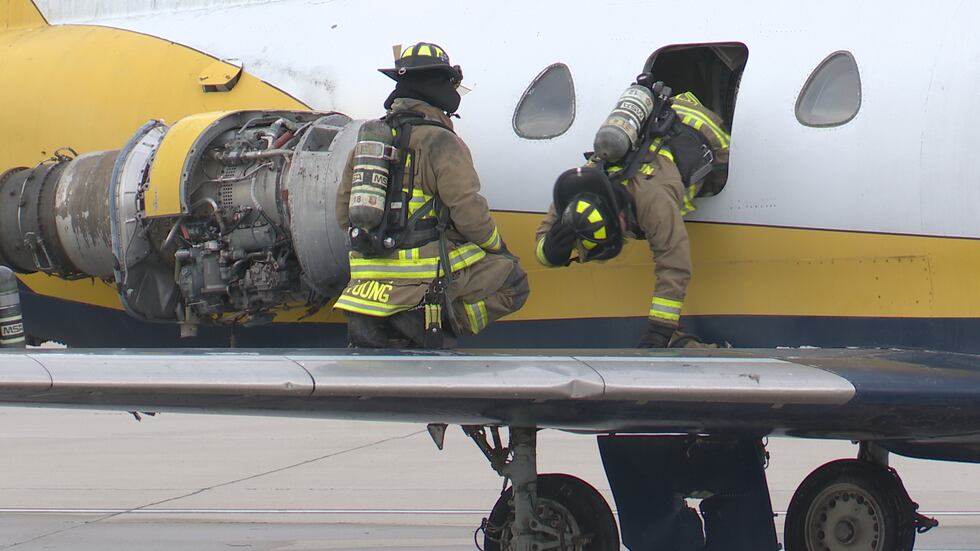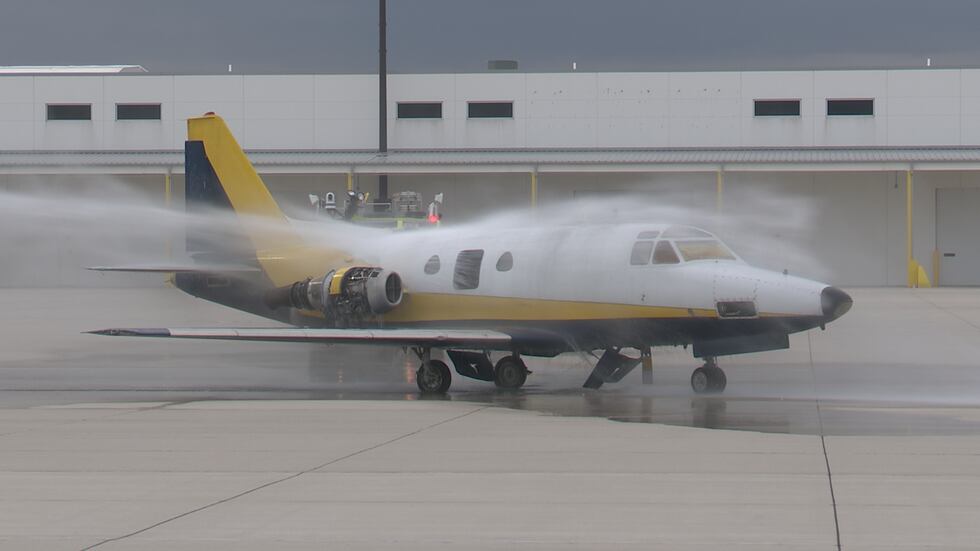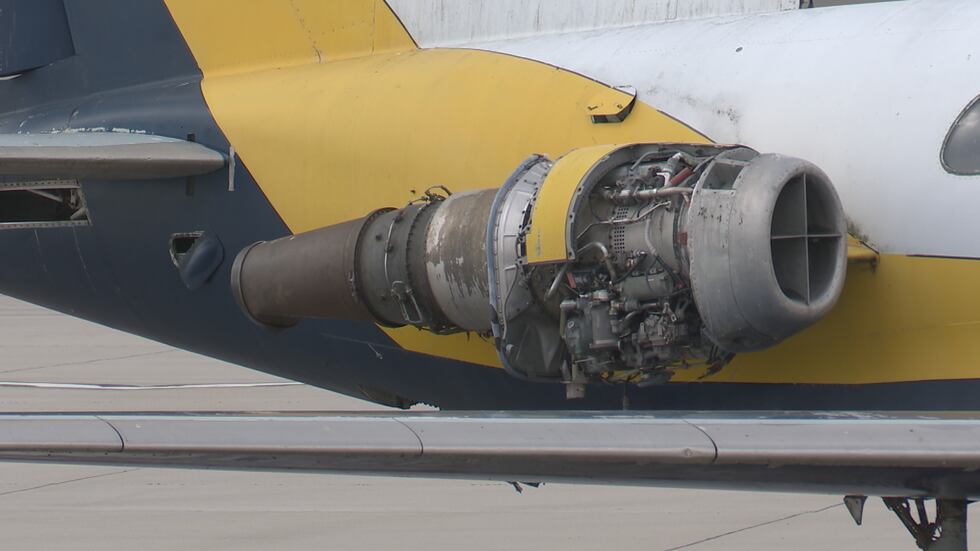Mock disaster response exercise held at Chicago-Rockford International Airport
ROCKFORD, Ill. (WIFR) - First responders from around the region Friday participated in a full-scale disaster exercise.

The emergency training exercises began at 9 a.m. and went until noon April 25, at the Chicago-Rockford International Airport, 60 Airport Drive, Rockford.
Local police, firefighters, hospitals and aircraft rescue and firefighter crews simulated the response to a passenger aircraft crash. Multiple emergency vehicles also staged at the airport for the training.
The disaster-response exercise is a requirement from the Federal Aviation Administration and must be done every three years. All agencies were evaluated by a team of experts as they tested communications, fire and police response, emergency medical response, multiple casualty hospital plans interagency coordination and the incident command system.
Airport Emergency Manager Theresa James previously said the ultimate goal of the exercise is to identify improvements to be made to its emergency response plan should a real disaster ever happen at the airport.

“Both strengths and weaknesses of the response will be noted, and an evaluation team will be on hand to monitor and critique the exercise,” James said. “The exercise tests multiagency coordination and response implementing use of the resources from its surrounding communities.”
RFD operations manager Isaac Mendoza says the feedback from the training is all good, even when gaps in their current plans are identified.
“It’s better to become familiar with them now in an exercise environment instead of in a real-life scenario,” Mendoza said. “We shouldn’t be afraid of listening to those gaps because that is how we improve as an airport and an organization.”

Nearly 240 participants from 25 stateline agencies took on various roles and responsibilities, including players, controllers, simulators, evaluators, actors, observers and support staff.
Aircraft rescue and firefighter (ARFF) Captain Joe Millan was one key player in the simulation. While this is not an everyday scenario, he emphasizes the importance of planning ahead.
“We wanted to show capabilities, first response, but then also build on that and show incident command and safety capabilities for the airport as well,” Millan said.
Millan explains the FAA requires a minimum three-minute response time anywhere within the airfield. But his team aims for quicker.
ARFF utilizes mutual aid through MABAS 8 agencies, which includes Cherry Valley, Stillman Valley, Rockford and several others. Millian says this simulation raises awareness for the need to get on the same page as other responding agencies in case of disaster.

With the help of mutual aid, ARFF was able to establish incident command with various teams, including fire suppression, hazmat consideration, rescue and triage.
“On our side we just want to make sure we’re trained and capable and ready,” Millan said. “So given all the scenarios that have been happening I think this has been very beneficial having our mutual aid companies come out.”
A large-scale rescue operation can use a lot of water during the response, so Millan explains it’s imperative to establish the need for re-supply, as well.
The National Transportation Safety Board reports 85 plane crashes throughout the United States so far in 2025, 15 of which were fatal.

“This is a prime example of what airports need to be doing to make sure that they are well-prepared for an event,” Mendoza said.
If you’re scared to take to the skies, Millan assures travelers area first-responders have your back.
“You shouldn’t be scared to fly, it’s fairly safe,” Millan said. “We are essentially here for them in case that situation does happen.”
Commercial and other flights were not affected and operated as scheduled.
Copyright 2025 WIFR. All rights reserved.













